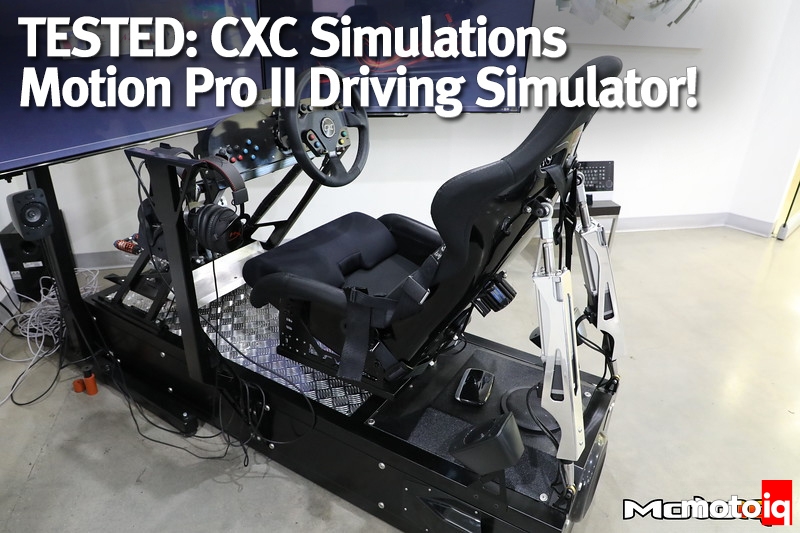,


Turn by turn, Michael explained in-depth of his approach to braking and entry line, mid corner maintenance, and exit throttle strategy. This was fantastic. It’s exactly what I do in real life racing with other drivers that I respect. We compare strategy, notes and data in search of the fastest, most efficient lap. Doing this with Michael really put me in my “zone”, if you will, which is the point. Race teams use these simulators to supplement their drivers’ practice, so approaching the simulator as you would in real life is crucial to the productive outcome.


I really can’t emphasize enough how invaluable these resources are. This exact moment of practice and/or testing cannot be replicated in real life with current technology. One person (Michael) is able to spot the course for me, analyze my live data to give instant feedback, and watch my live inputs from not only my in-car footage but from watching them right in front of him- all instantaneously without ANY delay.
Think about it- imagine you are a crew chief for a professional race team and have your driver out on the track for practice. The live in-car footage that you have is helpful, but the slight delay that it has and any imperfections of signal make it difficult to make on the spot decisions to give to your driver and engineers. This slight delay to those in the pits also makes it tricky to compare the live data to the live video stream.
The level of instant communication and analysis cannot be replicated in real life at this time. However, this does not mean that the simulator can replace real track time- that’s not the point that I’m making. It makes a great supplement to the entire team by expediting what can be learned once everyone is out at the racetrack by starting ahead of time with learning the simple things: increasing driver experience for the specific track, finding baseline alignment settings, testing baseline tire pressures, etc. These will all need to be verified once at the racetrack of course, but the least amount of data that needs to be gathered at the real racetrack, the better it is for the team and the budget.



